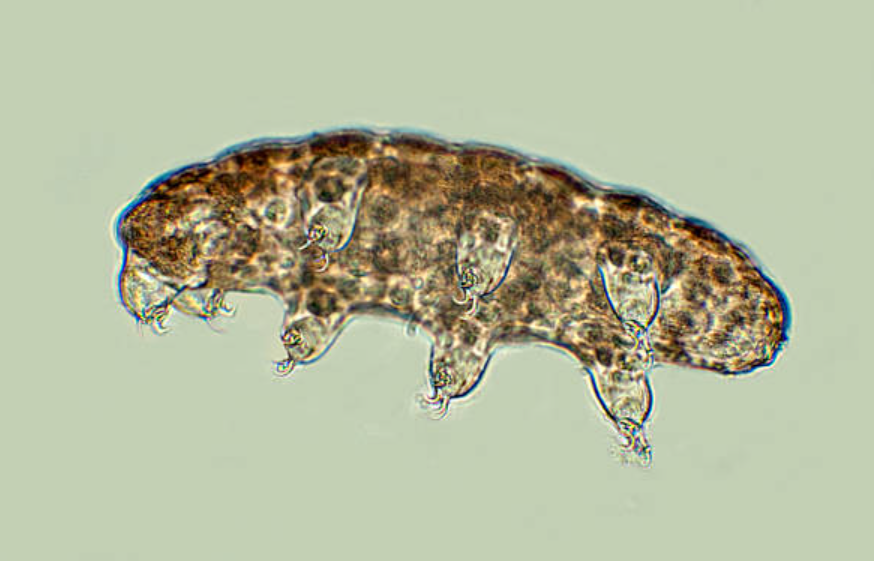Tardigrades, colloquially known as water bears, have captivated scientists for decades with their astonishing ability to thrive in some of Earth’s most inhospitable conditions.
A recent study has illuminated the intricate mechanism underlying their extraordinary survival skills, offering tantalizing prospects for applications in human health.
In the face of extreme environments such as intense cold or prolonged dehydration, tardigrades activate a survival mode termed the tun state.
In this state, they essentially enter a form of suspended animation, preserving themselves until conditions improve. The pivotal discovery in the latest research lies in understanding how this process is initiated.
Scientists have found that when tardigrades encounter stress, their bodies’ amino acid cysteines react with unstable oxygen free radicals. This reaction triggers a process of oxidation, which acts as a signal prompting the tardigrades to enter protective mode.
They can withstand and even outgrow the harsh environmental obstacles they come across because of their defensive posture. The novel results, which have been published in the prestigious journal PLOS One, provide deep understanding with broad ramifications.
Tardigrades’ Medical Influence

Lead researcher Amanda L. Smythers suggests that unraveling tardigrades’ survival mechanism could inspire the development of innovative materials capable of responding effectively to extreme conditions. For instance, envision firefighter gear that can swiftly form a protective shell in perilous situations, shielding its wearer from harm.
Moreover, the implications extend to the realm of medical science. The study suggests that understanding and potentially manipulating the protective measures of tardigrades could lead to advancements in cancer therapy. By disrupting the resilience mechanisms that allow cancer cells to survive and proliferate, new and improved treatments may emerge.
Dr. William R. Miller, a research assistant professor unaffiliated with the study, expressed enthusiasm about the research’s implications. He commended Smythers’ ability to bridge the gap between tardigrade biology and cancer treatment, emphasizing the significance of such interdisciplinary approaches in scientific inquiry.
This study marks a significant stride forward in our comprehension of tardigrades and their adaptations to harsh environments.
By unlocking the mysteries of these resilient organisms, researchers are not only deepening our understanding of biology but also laying the groundwork for transformative breakthroughs across diverse fields, from materials science to medicine.

